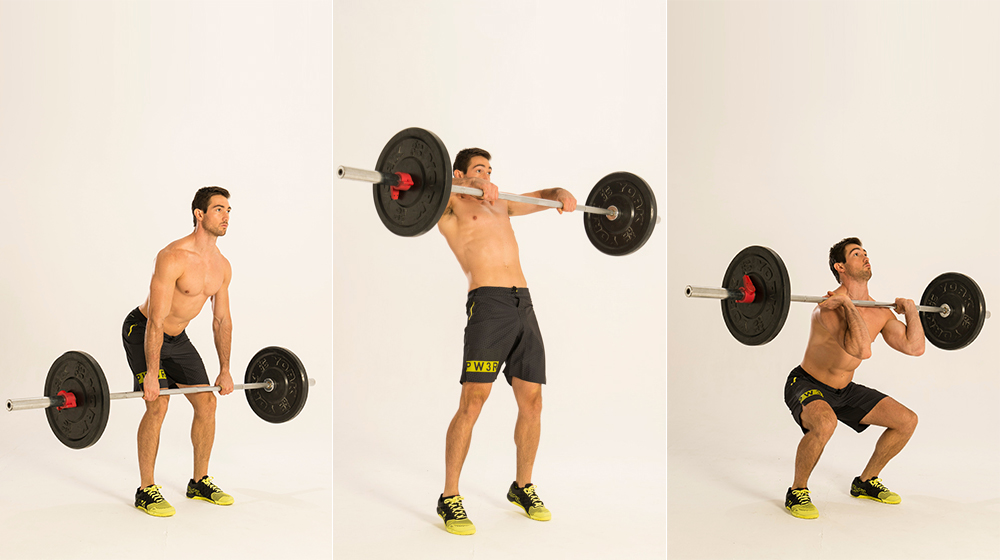Did you know that approximately 80% of people will suffer at least one back pain episode in their lives? It’s true! There are many causes of low back pain, such as age-related changes, poor foot mechanics, muscle imbalance, or poor posture. Regardless of mechanical cause, core stabilization plays an important role in treating back pain and in reducing the odds of it returning.
What are the core stabilizers?
The core stabilizers consist of four muscles that surround the trunk: the diaphragm from above, the pelvic floor from underneath, the transversus abdominis from the front, and the multifidus from behind. These structures act like a corset or capsule, surrounding the trunk in all directions when these muscles are contracted.
The effect of back pain on the core stabilizers
In people with back pain, the core stabilizers are often weak or appear not to activate well. This can lead to many conditions including:
- Weakness of the pelvic floor muscles.
- Weakness and decreased size of the multifidus
- Altered timing of the transversus abdominis muscle. Recent studies have shown that in people with low back pain, the transversus abdominus does turn on, but the timing of the muscle contraction is incorrect. Instead of turning on before the onset of a movement (e.g. moving your arm), the transversus abdominis turns on after the arm movement, and therefore doesn’t contribute to the stability the body needs.
Training the core stabilizers: the early stages
Once you have been assessed and it is determined that your core stabilizers need work, your physiotherapist will begin by teaching you how to activate your core muscles in a variety of positions (lying on your tummy, lying on your back, four-point kneeling, etc). However, these exercises are not your typical exercises; they require concentration and subtle, precise movements. Once you have mastered isolating the muscles, you are ready for the next phase of exercises.
Training the core stabilizers: the advanced stages
Once you are able to isolate and have strengthened the core stabilizers, it is time to challenge them. There are progressive exercises your physiotherapist can teach you, from adding arm and leg movements while engaging your core muscles, to doing advanced balance and strengthening training on an exercise ball. The goal is to train your core stabilizer muscles to work effectively during your specific functional goals, whether it be carrying your grandchildren or competing in a sport.
If you’ve got back pain, come visit us at SEMI. We can diagnose the source of your back pain, order appropriate tests, and offer the treatments and support you need. This can include consultations with a variety of our specialists including physiotherapists, massage therapists, chiropractors, and/or podiatrists, to suit your particular situation.
Sports & Exercise Medicine Institute is the leading sports medicine, physiotherapy, and chiropractic clinic in the Greater Toronto Area. We offer expert diagnoses, a variety of treatment options, and high-quality care. Click here to learn more about the services we offer, or contact us to schedule an appointment.






